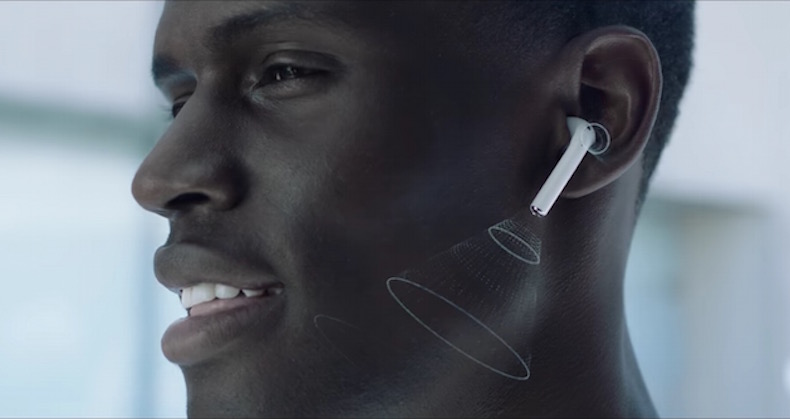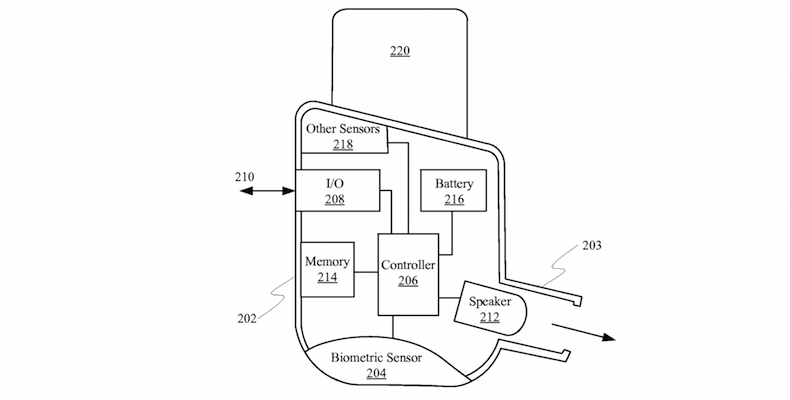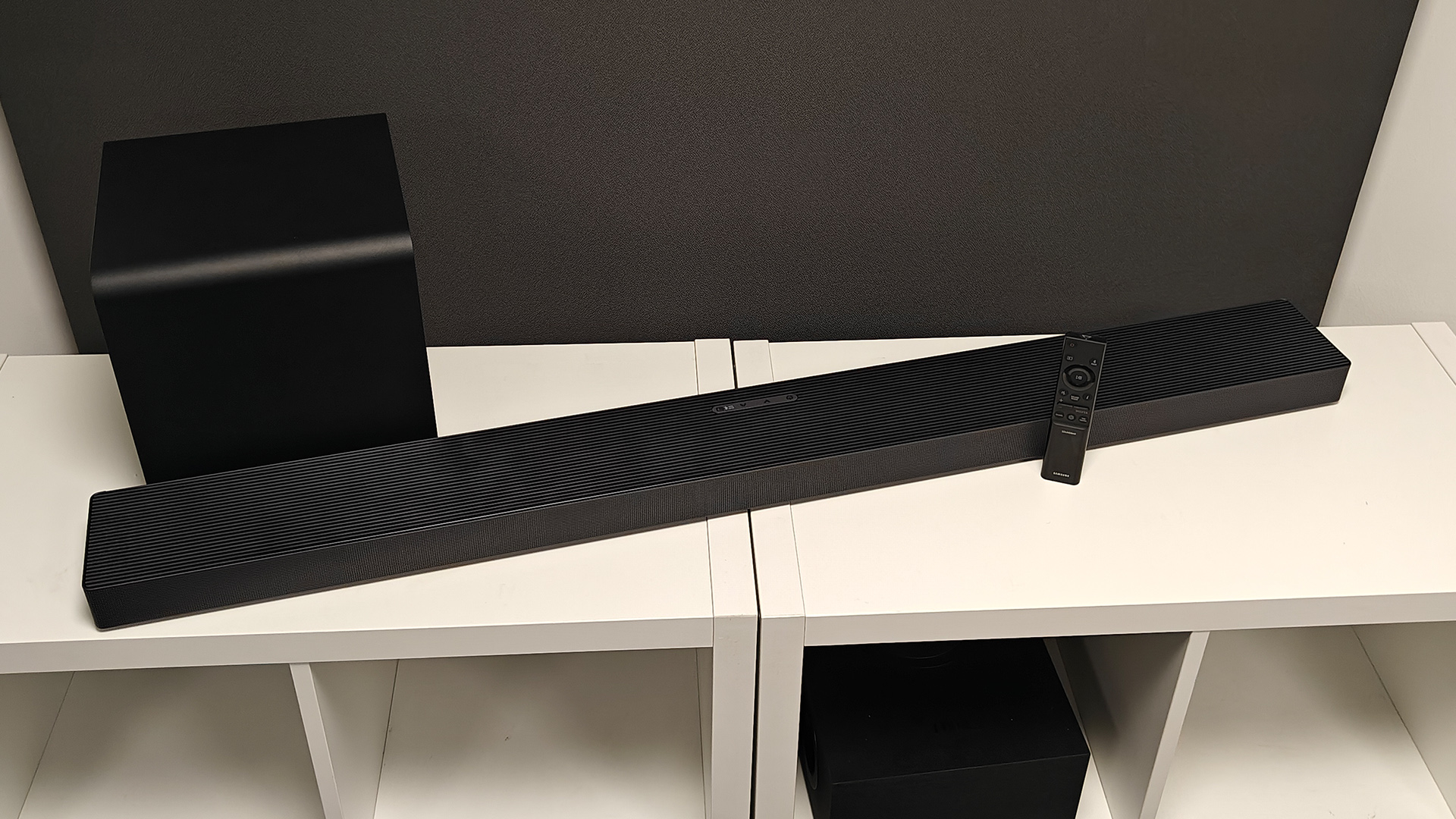Apple patents new headphones with health-tracking capabilities
The patents show designs for Apple Airpod Bluetooth headphones to track blood flow, heart-rate, temperature and more.

Apple has published three new patents indicating the company is working on new functionality for its Bluetooth-connected Airpods - giving the in-ear headphones biometric tracking and, possibly, noise cancellation.
Refering to “Earbuds with Biometric Sensing", Patently Apple explains the system is built around a photoplethysmogram (PPG) sensor able to detect blood-flow by shining a light onto an area of skin near the ear's tragus.
By tracking blood-flow, the PPG sensor can offer information on the wearer's heart-rate, VO2 (the maximum rate of oxygen consumption) and temperature.
This is the same kind of technology that's used in the Apple Watch. But conventional earbuds don't usually make constant contact in the same way a watch does, so the reliability of the data can be called into question.
MORE: Audeara headphones aim to deliver "perfect" sound

As well as biometric measuring, the earbuds could also provide noise-cancellation to eliminate audio within a 10-20 degree window - so wearers would still be able to hear nearby conversations - or cancel outside sound altogether.
Of course, Apple isn't the first company to experiment with health-tracking headphones. In 2014 SMS Audio and Intel collaborated to produce the BioSport, which used built-in biometric sensors to measure heart-rate and collect fitness data.
The latest hi-fi, home cinema and tech news, reviews, buying advice and deals, direct to your inbox.
More recently, Bose's SoundSport Pulse - our best in-ear wireless headphones - give a live read-out of the wearer's current heart-rate, with the information being sent to popular third-party apps including Strava, Endomondo and MapMyRun.
What Hi-Fi?, founded in 1976, is the world's leading independent guide to buying and owning hi-fi and home entertainment products. Our comprehensive tests help you buy the very best for your money, with our advice sections giving you step-by-step information on how to get even more from your music and movies. Everything is tested by our dedicated team of in-house reviewers in our custom-built test rooms in London, Reading and Bath. Our coveted five-star rating and Awards are recognised all over the world as the ultimate seal of approval, so you can buy with absolute confidence.

